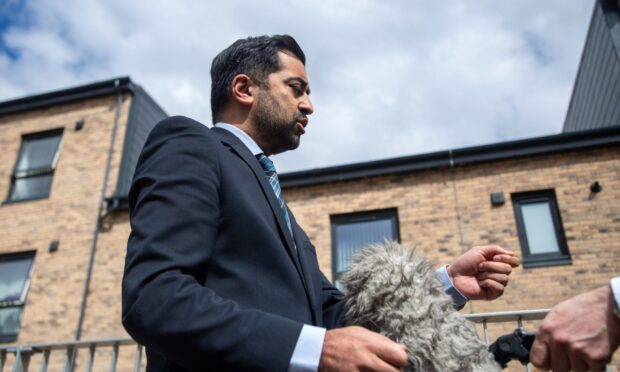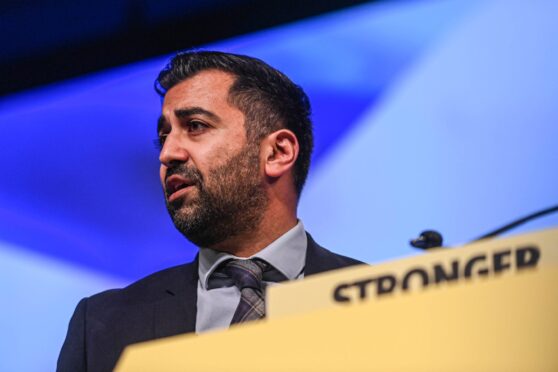Dozens of patients were discharged early from critical care in Tayside and Fife to free up beds and ease pressure on staff.
The decision to move them out of intensive care and high dependency units was driven by capacity issues rather than the best interests of the patient.
Some 66 critical care patients – 45 in Tayside and 21 in Fife – were discharged early last year, according to the audit by the Scottish Intensive Care Society.
That amounts to 1.4% of all critical care discharges in Tayside and 0.9% in Fife. Across the country, 866 people were discharged early.
Miles Briggs, for the Scottish Conservatives, said ministers must “get a grip” on what is having a “very real impact on patient safety”.
Dr Alan Cook, a medical director at NHS Tayside, said they recognise their early discharge rate at the Medical High Dependency Unit is higher than the national average.
“However, the small number of patients who are discharged early have a full individual clinical assessment of their needs and these are then addressed safely in the ward they are transferred to,” he added.
A Scottish Government spokesman said: “Early discharge figures are by their definition unplanned and predominantly reflect a need to urgently admit a new and acutely ill patient.
“Overall, they represent a tiny proportion of the hundreds of thousands of patients discharged in Scotland every year – but safety will always be the top priority when discharging any patient.”










